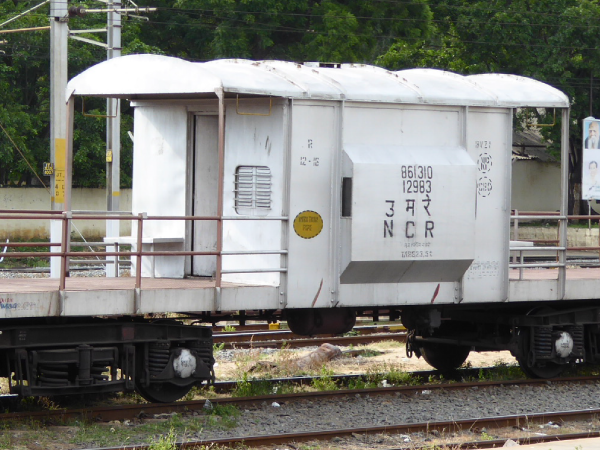Brake Van Wagons

Brake Van
Brake vans, also known as guard vans, are essential components in train operations, providing space for the train guard and serving as an emergency braking system. These vans are typically located at the end of the train and are crucial for maintaining safety, stability, and communication throughout the journey. They ensure that the train can be safely stopped in the event of an emergency and that the guard has the necessary equipment to oversee the train’s operations.
Key features include:
- Loaded Speed: These vans can operate at speeds ranging from 75 Km/h to 100 Km/h, ensuring they can match the speed of the train while maintaining safety.
- Material of Construction: Brake vans are constructed from Mild Steel, providing the necessary strength and durability to withstand long-distance train operations while ensuring safety in emergency situations.
Performance and Safety Features
Brake vans play a vital role in maintaining the overall safety of the train. With a maximum operating speed of up to 100 Km/h, these vans ensure that the train guard has control over emergency braking procedures, particularly in challenging terrains or during high-speed travel. Constructed from Mild Steel, brake vans are designed to provide durability, withstand wear and tear, and ensure that the guard has the necessary space and equipment to monitor the train’s operations effectively.
Popular Brake Van Variants and Their Applications
Brake vans are available in several variants, each designed to fulfill specific operational needs. Below are some of the most common variants and their uses:
- BVZI (Mild Steel): This variant is widely used for passenger and freight trains, providing the essential space for the train guard and emergency braking systems. It is equipped with the necessary equipment to ensure the train’s safety and stability, particularly during long-haul journeys.
- BVCM (Mild Steel): Designed for freight operations, the BVCM variant is used in cargo trains, offering both guard accommodation and braking facilities. Its rugged construction makes it ideal for long-distance freight transport, ensuring that the train can be safely controlled in emergencies.


